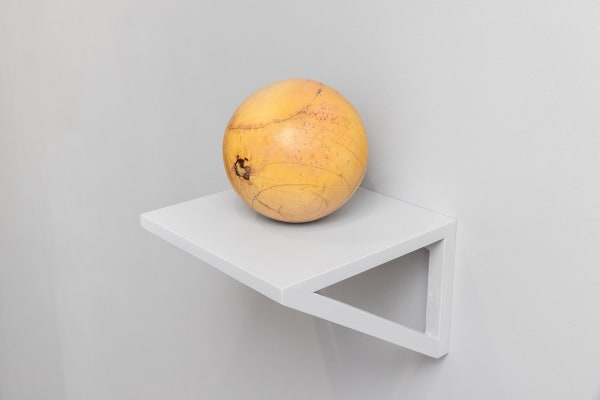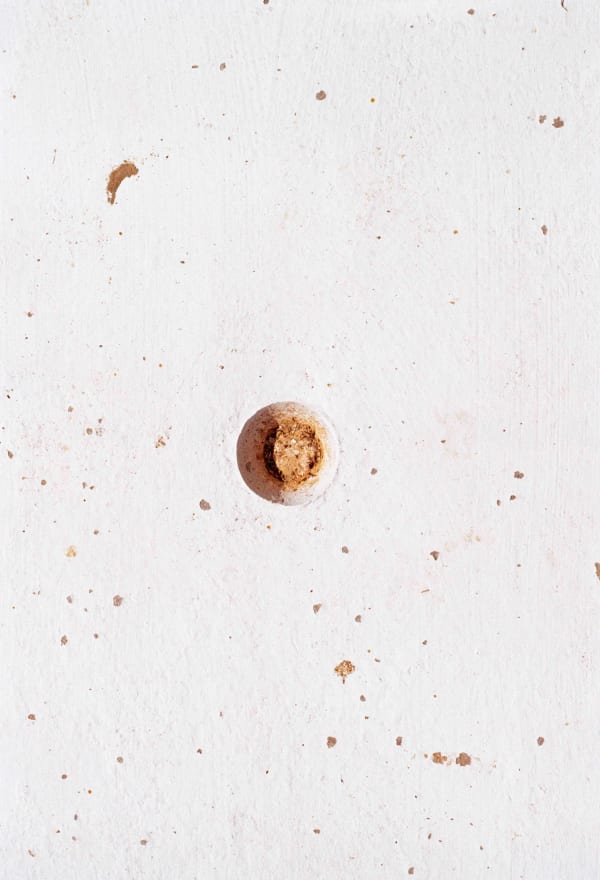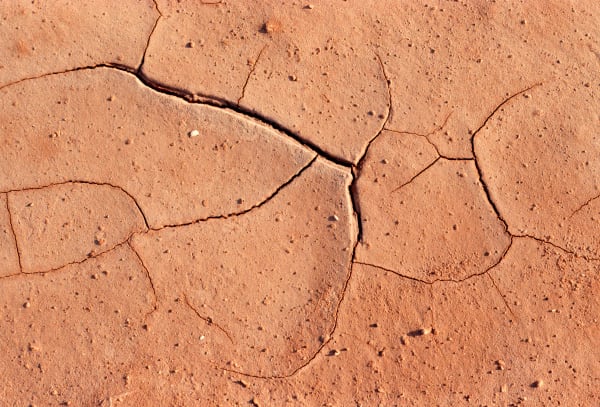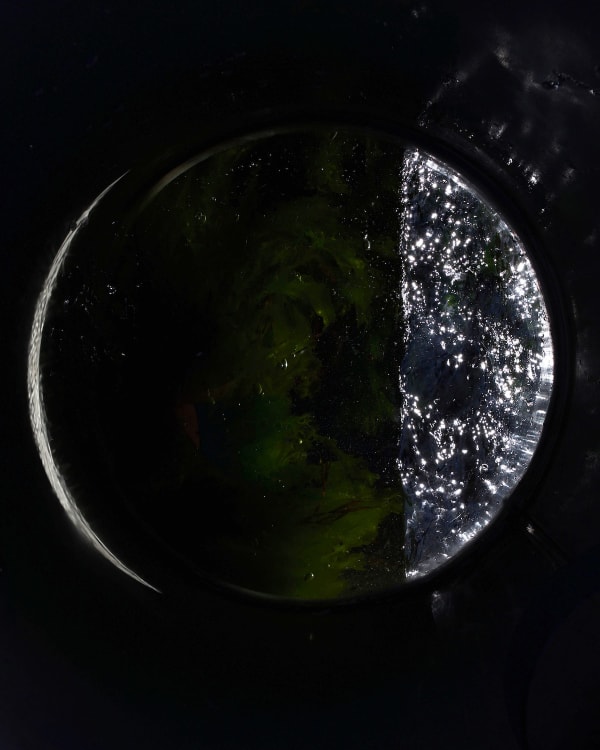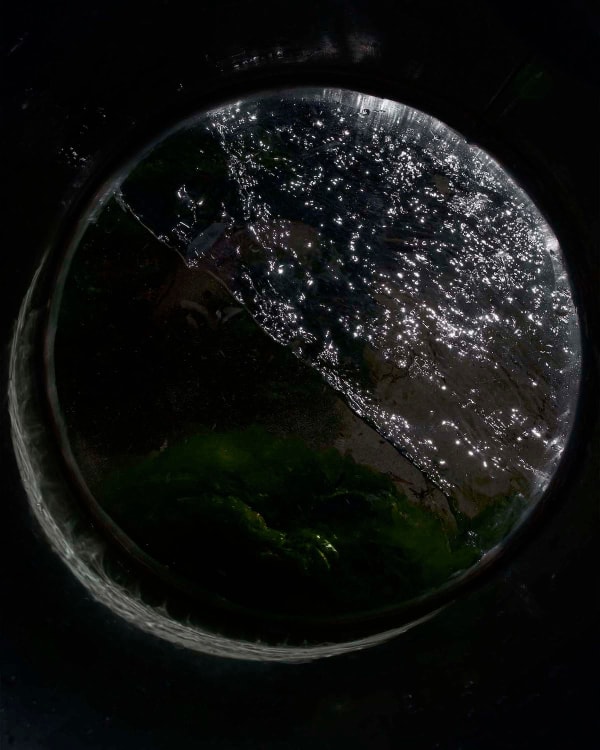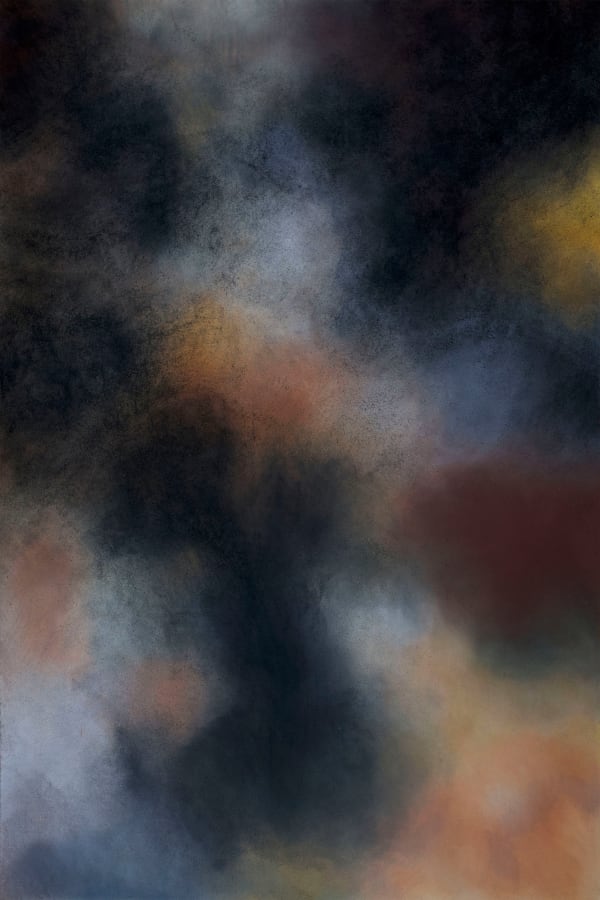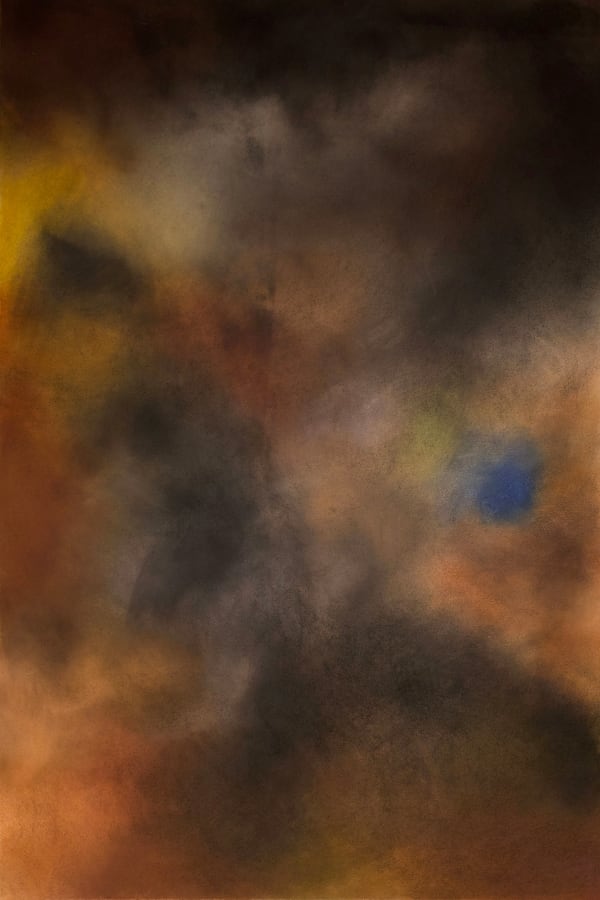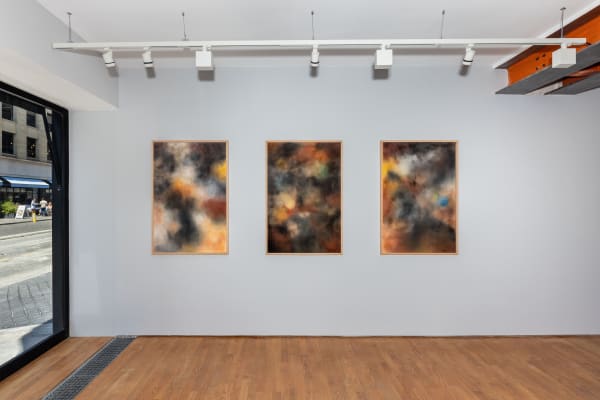Camille Pradon Oullins, 1993
Camille Pradon (n. 1993, France) développe une œuvre à la fois plastique, conceptuelle et critique.
Par l’usage de la vidéo et de l’installation, de la photographie, du dessin et de la céramique, elle compose un langage formel qui joue sur la porosité entre les médiums. L’exploration de l’image comme « matière sensible » est centrale dans sa pratique, une matérialité qu’elle travaille en écho aux notions de déplacement, de territoires intimes et de récits fragmentaires. Ses œuvres agissent comme des lieux de passage et de dialogue : d'une surface à une autre, de l'extérieur à l'intérieur, de temps anciens, contemporains et futurs. Depuis une approche de terrain documentée elle façonne des images qui sont profondément ancrées dans les espaces qu'elle traverse et qui s'interprètent sous le signe de l’ellipse : qu’elle soit temporelle, narrative ou poétique. Quelque chose se joue en dehors de l’image, qui n’est pas dit et qui pourtant détermine le sens de l’œuvre. En résulte une recherche approfondie sur l’ambiguïté de nos rapports au visible, à ses multiples milieux et à ses temporalités mouvantes.
-

Camille Pradon
Verticales 4 Décembre 2025 - 17 Janvier 2026lilia ben salah présente Verticales , la deuxième exposition personnelle de Camille Pradon à la galerie. Née en 1993 en France, Pradon est remarquée pour son approche conceptuelle multidisciplinaire, mêlant...Lire plus -

Sol absolu
Camille Pradon 31 Mai - 17 Septembre 2023La galerie lilia ben salah présente Sol absolu , une exposition personnelle de l'artiste française Camille Pradon, du 31 mai au 16 septembre 2023. Les éléments, et leur enchevêtrement, ont...Lire plus -

Positions and Points of View | Partis Pris et Points de Vue
Group Show 8 Septembre - 9 Octobre 2022Partis Pris et Points de Vue Par Natasha Boas Ph.D, International Curator La galerie Lilia Ben Salah est heureuse de présenter Partis Pris et Points de Vue (Positions and Points...Lire plus
-

Lire le ciel Sous les étoiles en Méditerranée
Mucem - Musée des civilisations de l’Europe et de la Méditerranée, Marseilles - 09.07.2025 - 05.01.2026 Juillet 9, 2025L’exposition « Lire le ciel» porte sur l’appréhension du ciel nocturne en Méditerranée, regardé depuis la Terre. Des premiers relevés du ciel mésopotamien antique à...Lire plus -

Camille Pradon
Andar semi semi [ Aller ensemble ] Septembre 10, 202513.09 - 20.12.2025 Maison des arts Agnès-Varda Exposition personnelle de Camille Pradon Proposée par Marie-Laure Lapeyrère Commissariat de Pierre Duval « Andar semi...Lire plus




